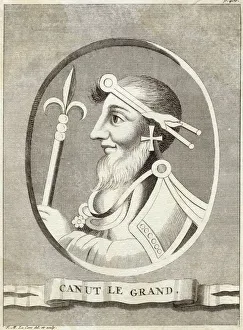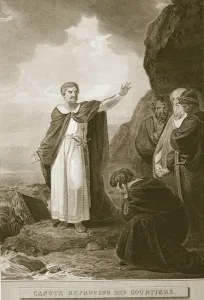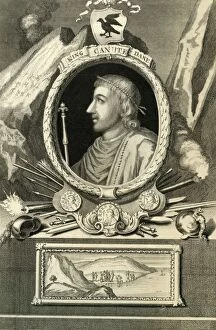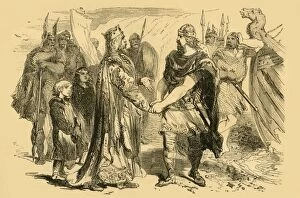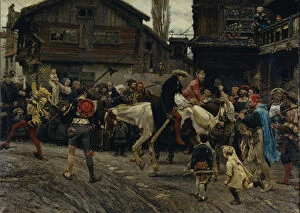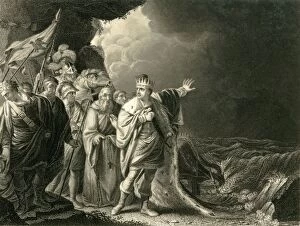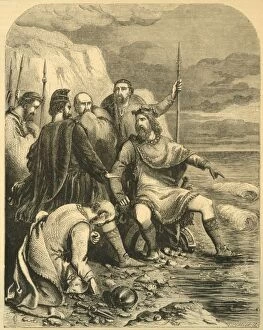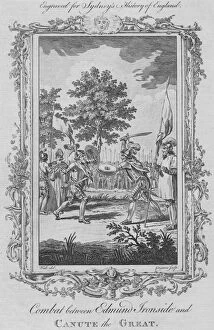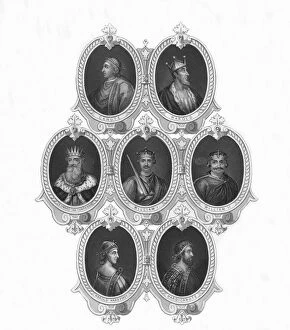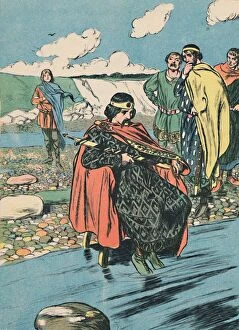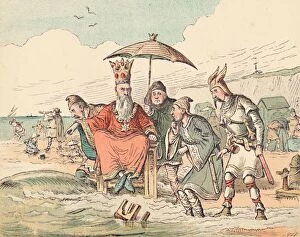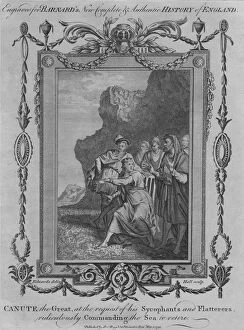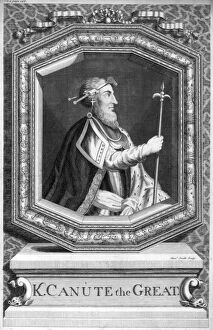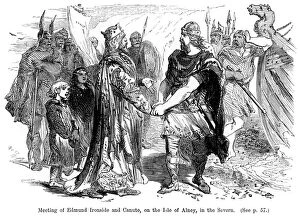Knut Collection
Knut, also known as King Canute or Cnut, was a prominent figure in history
All Professionally Made to Order for Quick Shipping
Knut, also known as King Canute or Cnut, was a prominent figure in history. In this caption, we explore various aspects of his life and the depictions of him throughout different periods. One notable representation is seen in an engraving by G. Noble, illustrating a moment where he reproves his courtiers. This image captures the authority and wisdom that Knut possessed during his reign. HAMSUN, Knut (1859-1952), a renowned Norwegian author, shares his name with the great king. Although unrelated to each other, both individuals left their mark on history through their respective contributions. Another depiction can be found in George Vertue's artwork titled "King Canute the Dane" from 1732. This portrayal showcases the regal presence and power associated with this historical figure. The meeting between Edmund Ironside and Canute on the Isle of Alney is another significant event captured in art around 1890. It symbolizes diplomacy and negotiation amidst conflict—a testament to Knut's ability to navigate complex situations diplomatically. In Ms. Ee. 3. 59 fol. 6r Harald Harefoot oversees torture while oppressing people—an illustration from "The Life of St Edward the Confessor. " This serves as a reminder that even great rulers like Knut faced challenges during their rule. "The Landing of King Canute, " depicted in a colorful lithograph from Raphael Tuck's publication "Stories of Royal Children from English History" (1920), portrays an important moment when he arrived on foreign shores—a testament to his ambition and exploration. A fascinating aspect related to Knut is found within St Marys at Deerhurst—the Saxon church font that stands as evidence of religious practices during his time—highlighting cultural significance alongside political achievements. Peeps into the Past offers insights into King Canute's life through its published works—providing readers with a glimpse into the historical context surrounding this influential figure.

